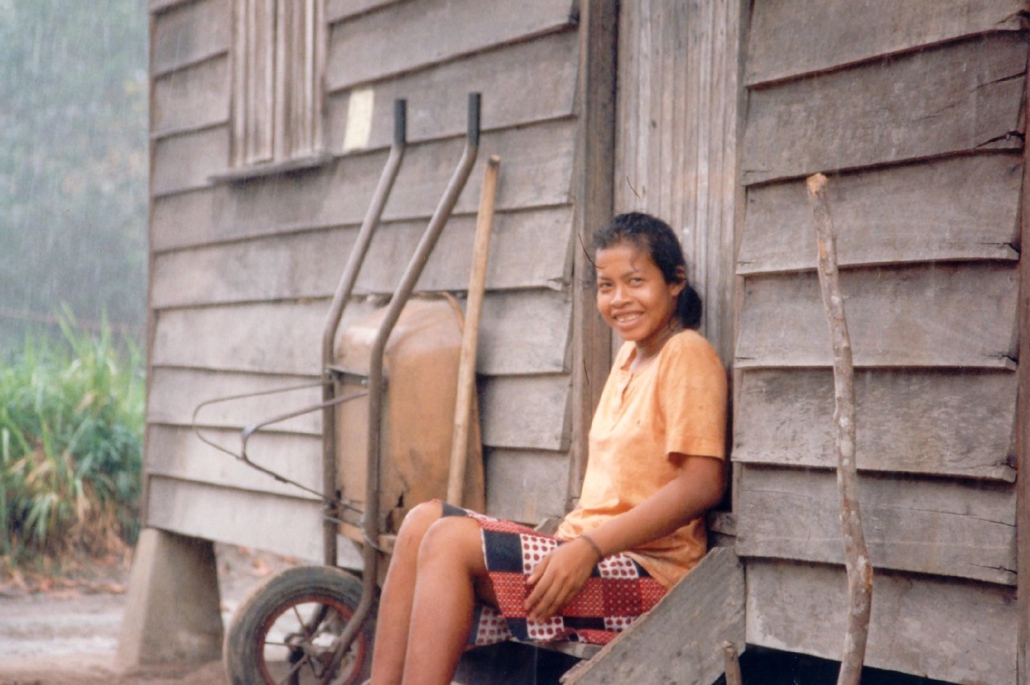UNICEF’s Plan to Address Poverty in Suriname
 The South American nation of Suriname is an incredibly unique place with a special history. Suriname gained its independence almost a half decade ago. The most common language spoken in the country is Dutch but the nation is extremely diverse. People with roots in parts of Asia, Europe and Africa make up the population of Suriname today. Suriname has always been a place that is rich with natural resources. The mining industry has always been a critical aspect of the national economy and plays a large role in the overall success of Suriname as a whole. Unfortunately, over the last 8 years economic struggles have plagued the nation and poverty in Suriname has become an extremely serious issue.
The South American nation of Suriname is an incredibly unique place with a special history. Suriname gained its independence almost a half decade ago. The most common language spoken in the country is Dutch but the nation is extremely diverse. People with roots in parts of Asia, Europe and Africa make up the population of Suriname today. Suriname has always been a place that is rich with natural resources. The mining industry has always been a critical aspect of the national economy and plays a large role in the overall success of Suriname as a whole. Unfortunately, over the last 8 years economic struggles have plagued the nation and poverty in Suriname has become an extremely serious issue.
About Poverty in Suriname
The COVID-19 pandemic made an already difficult economic situation much worse and as a result about one of every four people is living in poverty in Suriname. There have been small signs of hope over the last few years, but inflation has made continued progress difficult to achieve.
As is the case in many developing nations, children and teenagers feel poverty in Suriname extremely hard. According to Humanium.org, the youth throughout the nation are facing a wide variety of challenges as a result of poverty. Exploitation of child labor and poor education systems have contributed to a low quality of life for young people throughout Suriname.
Another serious issue in the area is the poor health of children. Malnutrition has become a challenge that is very common in Suriname and as a result, a large number of young children are contracting anemia and other diseases. In some of the less densely populated areas of Suriname, access to health care services is very limited. A study occurred in these areas and more than six out of every 10 children in the study were anemic.
UNICEF’s Efforts
Luckily, in 2022, UNICEF laid out an elaborate plan for the nations of Suriname and Guyana on how to improve the unfortunate circumstances facing these nations, specifically for children. The plan that UNICEF assembled is elaborate and will tackle several aspects of poverty in Suriname through numerous channels. UNICEF has several partnerships in place with various organizations such as the World Health Organization (WHO), the World Bank and many others to improve access to health care, quality education and other services to help young children move out of poverty. UNICEF has been able to allocate $18.3 million for its objectives in Suriname.
Another very critical aspect of the plan that UNICEF put out in 2022 is the agreements it has with organizations that will be able to gather updated and accurate data in regards to poverty in Suriname. UNICEF has developed different data analysis tools to measure the progress in each issue area laid out in the plan. These tools will allow UNICEF to accurately measure the success of each part of the plan. The various surveys conducted and data collected will be shared with leaders and government agencies.
The goal that UNICEF has outlined is for the government to use this information to develop policies that address the current state of the nation and not an outdated perspective which UNICEF will also analyze to make sure they are robust enough to make a significant impact. This plan has outlined a bright future for Suriname due to the fact that it outlines how to keep its citizens, especially children, healthy, educated and safe.
Looking Ahead
Suriname is clearly struggling, but the plan that UNICEF has implemented coupled with the partnerships they have developed is a massive step in the right direction. The measures that UNICEF is taking as described in the plan address so many issues and the hope is that each problem can be overcome. If the plan undergoes proper execution, Suriname will be on a path toward a better future and away from poverty.
– Dylan Lyons
Photo: Flickr
